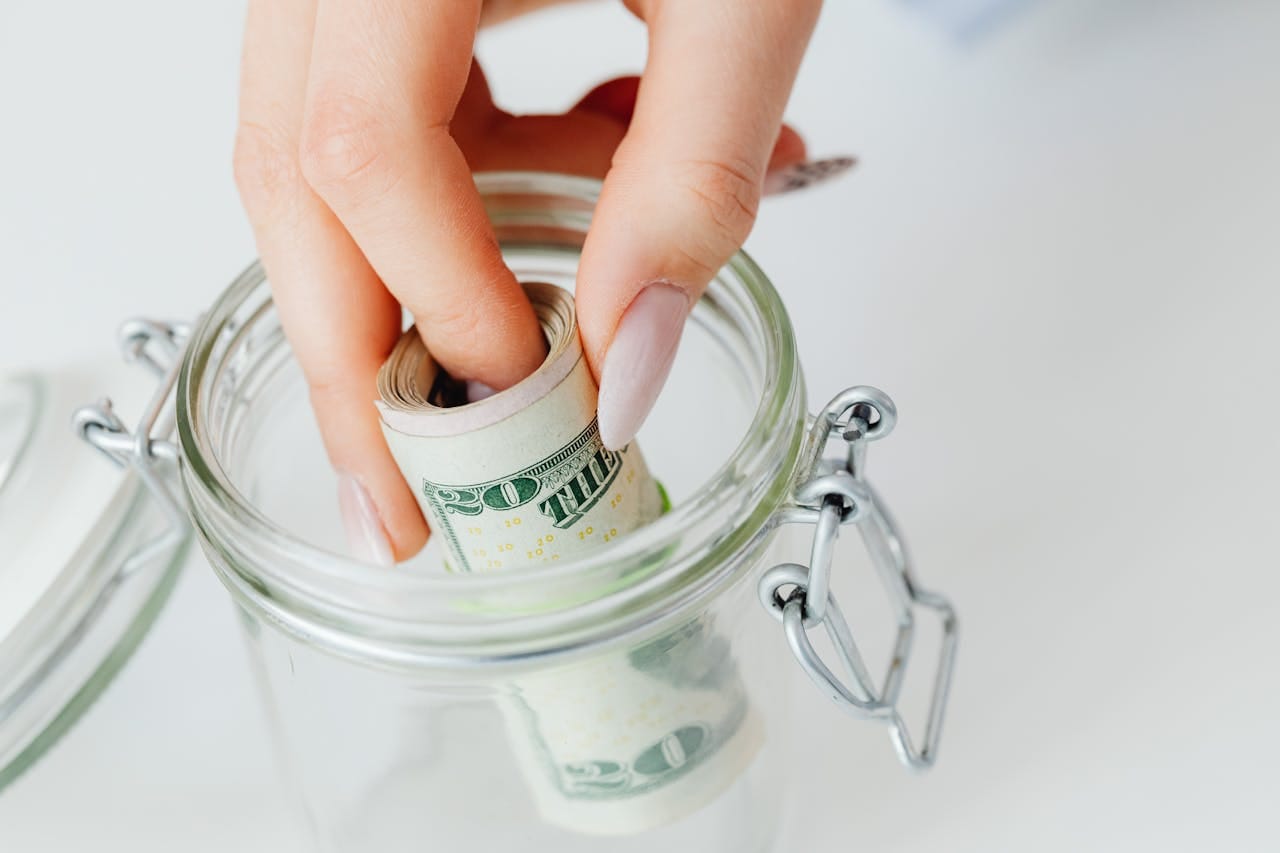Living paycheck to paycheck can feel like a never-ending cycle—your income arrives, and before you know it, it’s gone. Between rent, groceries, bills, and unexpected expenses, it may seem impossible to set anything aside. But even in tight financial circumstances, building an emergency fund is not only possible—it’s one of the smartest moves you can make for your future.
Why You Need an Emergency Fund
An emergency fund is your financial safety net. It helps cover unexpected expenses like car repairs, medical bills, or job loss—without relying on high-interest credit cards or loans. Without this cushion, a single surprise expense could lead to a financial spiral.
Many financial experts recommend saving three to six months of living expenses, but don’t let that big number discourage you. Even saving $25–$50 can start to add up and give you peace of mind.
Step 1: Shift the Mindset
The first step in building an emergency fund when money is tight is believing that it’s possible. It’s easy to assume you have nothing to spare, but small changes in how you handle your money can free up more than you think. Instead of aiming for perfection, aim for consistency. Even small deposits make a difference over time.
Step 2: Know Exactly Where Your Money Is Going
Before you can save anything, you need a crystal-clear view of your finances. Write down or use a budgeting app to track all your income and expenses. You might discover you’re spending more than you realized on things like eating out, subscriptions you’ve forgotten about, or convenience purchases.
Once you know where every dollar is going, it becomes easier to identify areas to cut back—even just slightly.
Step 3: Start With a Mini Goal
Trying to save several months of expenses while living paycheck to paycheck may feel impossible. So don’t start there. Focus on saving your first $100. This gives you a realistic, manageable target that’s achievable within a few months, even on a tight budget.
Once you hit that, you can build toward $500, then one month’s rent, and so on.
Step 4: Treat Savings Like a Bill
Make your emergency fund non-negotiable. Just like you’d never skip your rent or electricity payment, commit to putting a fixed amount into savings every payday—no matter how small.
Automate it if you can. Many banks allow you to automatically transfer a set amount into a savings account each time you get paid. When the money moves before you even see it, you’re less likely to spend it.
Step 5: Use a Separate Account
Keep your emergency fund in a separate savings account—not your main checking or spending account. This prevents you from “accidentally” using it and helps keep your savings out of sight and out of mind, making it easier to let it grow untouched.
Some people even open savings accounts at a different bank so it’s harder to access funds on impulse.
Step 6: Use Unexpected Money Wisely
Tax refunds, birthday money, a freelance gig—any unexpected income can be a perfect opportunity to build your emergency fund faster. Since this money isn’t part of your regular budget, you’re less likely to miss it once it’s saved.
A good rule of thumb: Save at least 50% of any unexpected money, and use the rest for something fun or useful.
Step 7: Stay Consistent, Not Perfect
There will be months when saving even a few dollars is tough. That’s okay. Building an emergency fund is a long game, and progress doesn’t have to be linear. The key is to keep going—even if it’s just $20 at a time.
And remember: if you do have to dip into your fund, that’s what it’s there for. Just make a plan to start replenishing it again.
Why It Matters More Than Ever
In uncertain times, building an emergency fund is one of the most powerful steps you can take toward financial independence. It offers more than just financial security—it brings confidence and reduces stress.
Even if you’re living paycheck to paycheck, the effort you make to prepare for life’s surprises will put you ahead of the curve and give you options when it matters most.
Ready to Take Control?
You don’t need to be rich to start saving—you just need to start. Whether it’s cutting one fast food meal per week, canceling a forgotten subscription, or setting aside a small piece of a side hustle income, each decision brings you one step closer to security.
Take the first step today. Your future self will thank you.



Leave a Reply